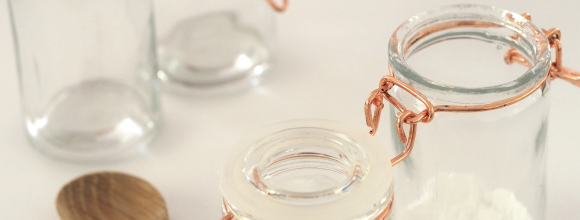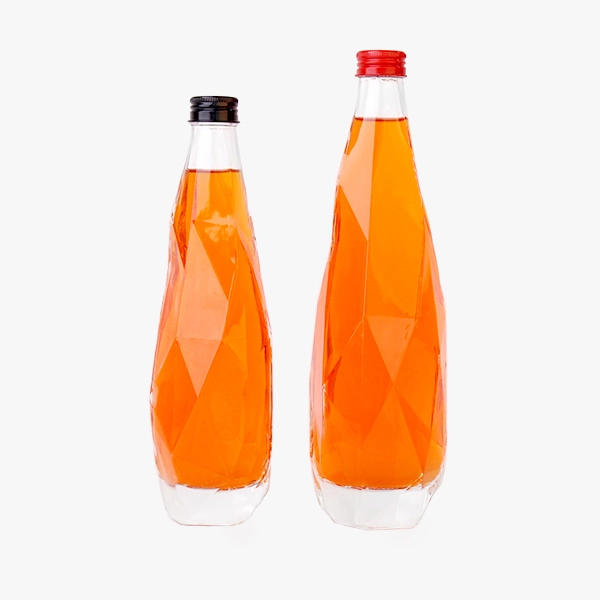Beer Bottle Dimensions Guide 2025
Beer Bottle Dimensions are more than simple measurements. They guide how a brewery designs, packages, and sells its product. In 2025, these dimensions matter even more because new trends and standards keep shaping the beverage industry.
Every brewery, from large-scale producers to small craft makers, must keep an eye on size and shape to stand out on shelves and meet consumer needs. This guide will walk you through the latest updates in Beer Bottle Dimensions, helping you make smart choices for your brand.
You will learn why these sizes matter and how to use them to your advantage. Yanjia Packaging, an expert in bottle design, offers valuable insight to keep you ahead.
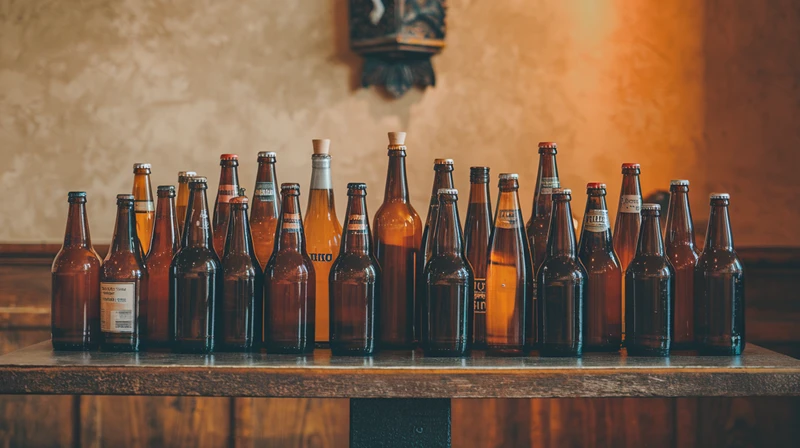
Understanding Beer Bottle Dimensions
Beer bottles may look simple, but their dimensions include several parts. Height, width, volume, neck length, and even the bottle’s diameter all factor into the final design. These measurements decide how the bottle will feel in your hand and how it will look on store shelves.
What Do Beer Bottle Dimensions Include?
When we say “dimensions of beer bottles,” we refer to more than just height and width. Here is a quick breakdown:
- Height: The height of the bottle measured from the base to the neck’s top.
- Width (or Diameter): This is how wide the body of the bottle is at its largest point.
- Neck Length: This measures the top part of the bottle that holds the cap.
- Volume: Common volumes range from 11 ounces to 22 ounces or more, but 12 ounces is typical in many regions.
- Weight: Weight relates to the thickness of the glass and can vary by brand..
Why Do Dimensions Matter?
Dimensions matter because they influence how your product is made, shipped, and experienced by the customer. A tall, narrow bottle might look sleek, but it can affect how many bottles fit in a crate. A wider bottle might seem sturdy, but it can weigh more, which can increase shipping fees.
Branding also plays a role. Consumers often recognize their favorite brands by the shape and size of the bottle. If you want to refresh your look or stand out on shelves, you can adjust your beer bottle dimensions. But you still need to watch out for practicality, such as labeling space and shipping.
Standard Beer Bottle Dimensions in 2025
In 2025, bottle shapes and sizes continue to evolve. Brewers are exploring new forms, but standard beer bottle dimensions still dominate the market. These traditional shapes help with consistency and easy shipping. Below, we explore the most common types and their updated measurements.
Longneck Bottles
Longneck bottles remain a timeless choice for many breweries. They usually have a tall neck and a slim body. The neck measures roughly two to three inches, and the total height can range from 8 to 11 inches. The volume is often 12 ounces (355 ml), which is a favorite size in many regions.
Longneck bottles look classic and fit well with most carriers. They stack easily in standard packaging crates. Many consumers associate them with mainstream beers, but craft brewers also use them to give a familiar feel. Because they are so common, the 2025 updates focus on minor tweaks, like lighter glass and a slightly slimmer body to save materials.
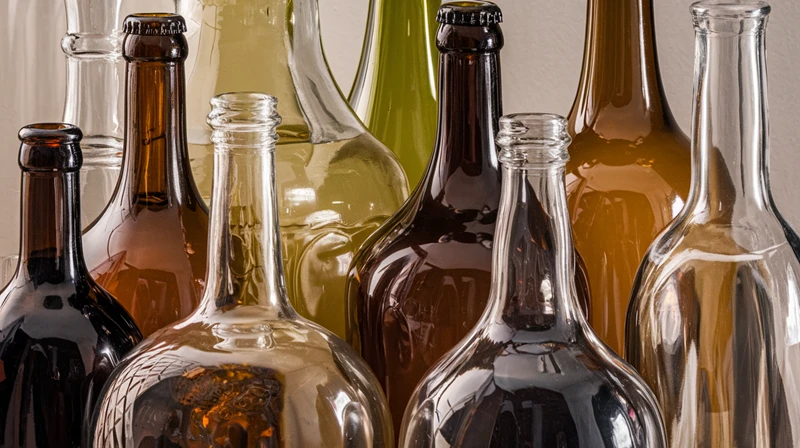
Stubby Bottles
Stubby bottles are shorter and wider than longnecks. They often stand around 6 to 7 inches tall. Their wider body can hold 12 ounces, but some variations reach 11.2 or 16 ounces. This style is beloved for its nostalgic appeal, bringing back memories of vintage beers from decades past.
These bottles are easy to grip, which makes them popular for certain craft breweries. They also fit nicely in coolers because of their compact shape. Stubbies can offer a unique brand statement. Some brands use them to look old-fashioned or homey, appealing to customers who like a traditional vibe. The 2025 trend sees more eco-friendly stubby designs, with thinner glass and creative labeling.
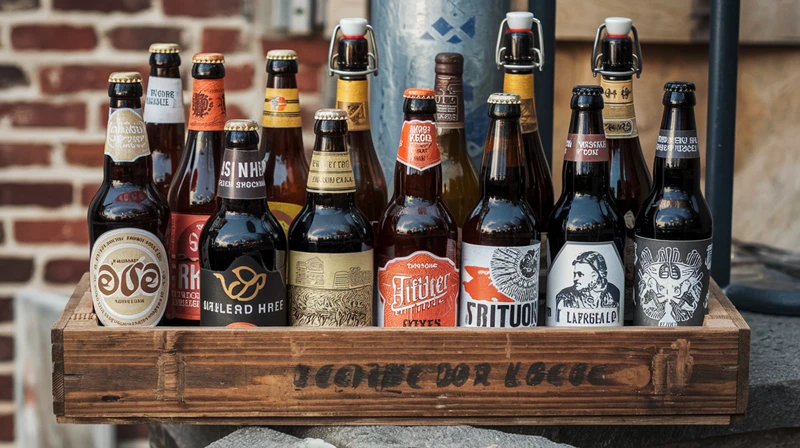
Other Common Beer Bottle Types
Not all bottles fit neatly into “longneck” or “stubby.” Other specialty bottles may come in various shapes and sizes:
- Champagne-Style Bottles: These can hold 750 ml or more. They have a wider body and thick glass to handle higher pressure.
- Belgian-Style Bottles: They usually have a cork-and-cage top. Their height can exceed standard sizes, and the body is wider to allow for specialty brewing.
- Bomber Bottles: These hold around 22 ounces (650 ml). They stand taller and allow for sharing or tasting events.
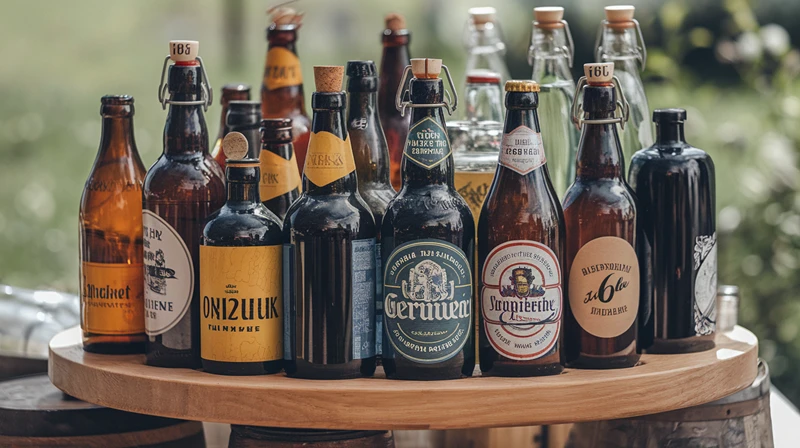
Trends in Beer Bottle Dimensions for 2025
The beer industry changes every year. In 2025, we see a few clear trends in standard beer bottle dimensions and design. These trends help brewers stay relevant, cut costs, and appeal to new consumers.
Eco-Friendly and Lightweight Designs
Environmental concerns keep growing. Many breweries want to cut down on glass weight to reduce shipping emissions. They look for bottles that use thinner, stronger glass. Lightweight bottles can cost less to transport, and they appeal to eco-conscious drinkers.
Some companies also use more recycled materials in their glass production. This makes the bottles more sustainable and can even qualify them for green certifications.
Customization for Craft Breweries
Craft breweries often seek unique shapes and finishes. They want to show off their brand personality and stand out from mass-produced beers. In 2025, many small brewers work with designers to create custom bottle molds. These molds might feature raised logos, embossed text, or special curves. While these bottles can cost more, they help build brand recognition.
Customization also involves labels, wraps, and decorative caps. Every dimension, from the neck height to the base width, can reflect a brewery’s identity.
Dimensions for Unique Branding and Consumer Preferences
Modern beer lovers enjoy novelty. They might grab a beer just because it looks different on the shelf. A special bottle shape can signal a fresh taste or a premium brew. That is why we see more breweries experimenting with short, wide shapes or tall, curved necks. Some even make miniature versions for sample packs.
The idea is to give customers a memorable unboxing or pouring experience. However, brewers must still consider practicality. Unusual shapes can complicate bottling lines or lead to higher shipping costs. Balancing creativity with function is key for success in 2025.
Factors That Influence Beer Bottle Dimensions
Choosing the right beer bottle dimensions is not simple. A range of factors drives each decision, from local rules to consumer preferences.
1. Product Volume and Beverage Type
A standard beer is often 12 ounces, but stouts or specialty brews might be 16 ounces or even 22. Some limited editions come in large bottles of 750 ml or more. If your beverage is carbonated or has special aging needs, you might need thicker glass. Champagne-style bottles handle pressure for beers that continue fermenting in the bottle.
2. Packaging Compatibility
Think about how you will transport your bottles. Will they fit in common crates, carriers, or pallets? Check if the bottle’s height, width, and neck size match standard packaging. You also need to confirm that your bottling line can handle the shape. A minor change to the neck can cause big delays on the production floor.
3. Regional Preferences and Regulations
Not all countries allow the same beer bottle dimensions. Some regions have strict rules for minimum or maximum volumes.
For instance, a 330 ml bottle is popular in Europe, while 12 ounces (355 ml) dominates in the United States. Local laws might dictate labeling space or weight requirements. You can lose time and money if you do not follow these rules. Research is vital when planning international distribution.
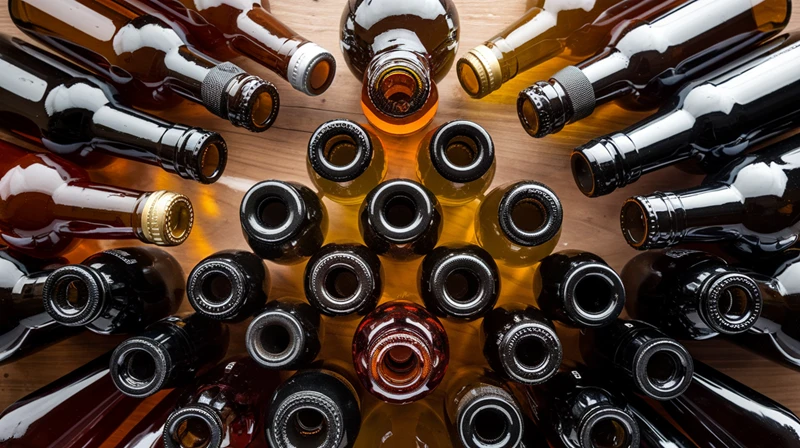
How to Choose the Right Beer Bottle Dimensions for Your Brand
Picking the right dimensions can help your brand stand out on shelves and give your customers a good experience.
Tip 1: Consider Your Product Type
Think about your beer’s style. Are you selling a light lager or a strong stout? Some dark beers may look good in a taller, more elegant shape. A fruit-infused brew might need extra space for special labels. Make sure the bottle complements the beer’s flavor and story.
Tip 2: Know Your Target Audience
Picture the people who will buy your beer. Do they prefer classic shapes, like a longneck? Or do they enjoy fun, stubby bottles that remind them of nostalgic brands? Younger craft beer fans might appreciate a unique design. Traditional drinkers may look for a shape they know. Tailor your dimensions to match their tastes.
Tip 3: Think About Branding
Branding is more than a logo. The shape and size of your bottle can help you stand out. If you want a premium feel, you can choose a taller bottle with a shiny label. For a family-friendly brewpub, a simple, sturdy stubby might do the trick. Use colors, embossing, or special finishes to match your brand personality. Every detail counts, from the neck shape to the label area.
Tip 4: Balance Cost and Function
A fancy bottle might look amazing, but it could be more expensive to produce or ship. Weigh the benefits of a unique design against any added costs. Test how it fits in your supply chain. Keep in mind that small changes, like reducing glass thickness, can lower your shipping costs. But do not compromise on safety. The bottle must stay strong enough to handle handling and carbonation.
Examples of How Dimensions Affect Brand Perception
- Tall, Slim Bottles: Suggest a modern, sleek image. Often used for premium lagers or high-end craft beers.
- Short, Wide Bottles: Imply a friendly, casual feel. Perfect for brands that want to look rustic or playful.
- Large Format Bottles: Signal a special release or celebration. Often used for rare or limited-edition brews.
Sustainability and Beer Bottle Dimensions
More breweries and consumers are thinking green. Dimensions play a big role in eco-friendly packaging. The effect on the environment is lessened with lighter glass and more effective forms. Here are ways that 2025 designs focus on sustainability.
Lighter Glass and Lower Carbon Footprint
Glass is recyclable, but it still takes energy to produce and ship. By using thinner glass, you can cut a bottle’s weight by several grams. That may not sound like much, but it adds up if you ship thousands of bottles at once. Less weight means fewer emissions during transport. Many breweries partner with glass suppliers that use recycled materials and energy-saving processes.
Smart Shapes for Recycling
Some shapes are easier to recycle than others. Bottles with certain neck designs or specialty coatings might complicate recycling. If you pick a more standard form and finish, the recycling process becomes simpler. In 2025, we see brewers asking for shapes that can be cleaned and reused without trouble. This step helps them meet eco-friendly goals and please green-minded customers.
Packaging Waste Reduction
Bottle dimensions also affect how you pack and ship. If you can fit more bottles in a single crate, you use fewer boxes and packing materials. Changing the shape or size by just a little might let you stack more units per pallet. This leads to less waste, lower shipping costs, and a smaller carbon footprint. As eco-awareness grows, simple changes to bottle dimensions can help your brand stand out as responsible and forward-thinking.
Yanjia Packaging: Your Partner in Beer Bottle Design
When it comes to Beer Bottle Dimensions, choosing a partner who understands both design and function is crucial. Yanjia Packaging offers modern solutions that align with 2025 trends. They help you find the right fit for your brand’s style, production needs, and environmental goals.
They know how to customize bottle shapes, glass thickness, and label spaces. This means you get a design that balances creativity, cost-effectiveness, and sustainability. If you need unique stubby bottles, tall longnecks, or another specialty format, they can guide you every step of the way. Their team keeps track of new regulations and regional differences, so you do not have to worry about surprises.
By working with Yanjia Packaging, you tap into a wealth of knowledge about updated Beer Bottle Dimensions. They understand the pressure of staying ahead of market demands. They also empathize with the challenges of balancing brand identity, production logistics, and eco-friendly practices. With their support, you can confidently choose the best size and shape to set your beer apart.
Conclusion
Understanding Beer Bottle Dimensions is vital for any brewery, big or small, in 2025. The right size helps you manage costs, meet shipping rules, and appeal to consumers. You can opt for classic shapes or try something new, as long as it suits your brand and keeps sustainability in mind. By focusing on height, width, volume, and materials, you make sure your beer stands out without harming the planet.
If you need expert guidance on modern bottle sizes, contact Yanjia Packaging. They have years of experience and can help you choose and customize the ideal design. Whether you aim for a classic look or a bold new shape, Yanjia Packaging is ready to assist you on your journey.


